Home>diy>Building & Construction>What Does “Rough” Mean In Construction
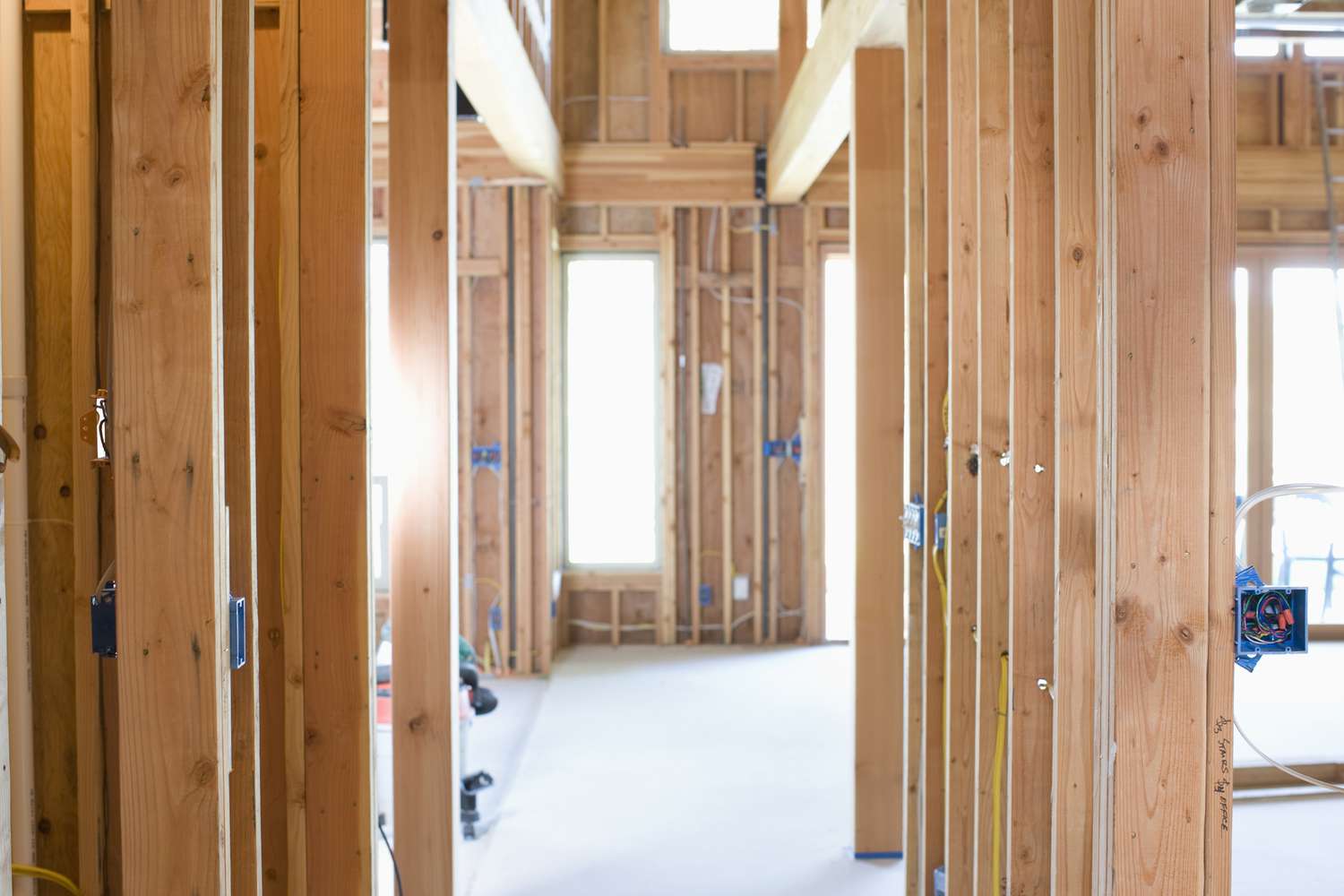

Building & Construction
What Does “Rough” Mean In Construction
Modified: January 23, 2024
Discover the meaning of "rough" in building construction and how it affects the overall process and quality. Gain valuable insights and knowledge.
(Many of the links in this article redirect to a specific reviewed product. Your purchase of these products through affiliate links helps to generate commission for Storables.com, at no extra cost. Learn more)
Introduction
When it comes to the world of construction, there are certain terms and phrases that hold immense significance. One such term is “rough” construction. Whether you are a builder, contractor, or simply someone interested in the intricacies of the construction process, understanding what “rough” means in the context of construction is crucial.
“Rough” construction is an essential stage in the building process that forms the foundation for creating a functional and structurally sound structure. It involves the initial phase of construction, where the focus is on the framing, roofing, and basic installation of essential components before the finishing touches are applied. In simpler terms, it is the first step towards turning a blueprint into a tangible building.
Throughout this article, we will delve deeper into the definition, importance, common examples, key characteristics, challenges, and benefits of rough construction. By the end, you will have a thorough understanding of the significance and role of rough construction in the building industry.
Key Takeaways:
- “Rough” construction forms the crucial foundation of a building, focusing on structural integrity and essential system installations, setting the stage for efficient and cost-effective project completion.
- Despite its challenges, rough construction offers benefits such as cost savings, flexibility for design changes, and enhanced structural performance, making it an indispensable phase in any construction project.
Definition of “Rough” in Construction
In the context of construction, the term “rough” refers to the initial phase of building where the primary focus is on the fundamental structure and essential systems of a project. It involves framing the skeleton of the building, installing the necessary utilities, and creating a sound foundation for further development.
Rough construction is characterized by the installation of basic structural components such as walls, floors, and roofs. It also includes the rough installation of essential systems, such as electrical, plumbing, and HVAC (heating, ventilation, and air conditioning) systems. These systems are initially installed to ensure the functionality of the building but are often concealed later during the finishing phase.
The purpose of rough construction is to establish a solid framework on which the aesthetics, final finishes, and intricate details of the building can be built. It sets the stage for the subsequent stages of construction, allowing for the smooth progress of the project.
During the rough construction phase, the focus is primarily on structural integrity, durability, and functionality rather than the outward appearance of the building. It is a crucial step that ensures the safety, stability, and long-term performance of the structure.
It is important to note that the term “rough” does not imply a lack of quality or craftsmanship. Instead, it emphasizes the foundational aspects of the construction process, where the emphasis is on creating a structurally sound and functional building that will withstand the test of time.
Importance of Rough Construction
Rough construction plays a vital role in the overall construction process and holds significant importance for several reasons:
- Structural Integrity: The rough phase ensures that the building’s structural integrity is sound. It involves the installation of key components like walls, floors, and roofs, which form the basic framework of the structure. By focusing on solid construction during this phase, builders can ensure the stability and safety of the building once it is completed.
- Foundation for Finishes: Rough construction establishes the foundation upon which the finishing touches can be added. By creating a structurally sound structure, it provides a solid base for the installation of interior and exterior finishes such as drywall, flooring, paint, and trim. Without a strong rough construction, the final finishes may not have the necessary support and stability.
- System Installation: Rough construction includes the installation of essential systems such as plumbing, electrical, and HVAC. These systems are vital for the functionality and comfort of the building. Their implementation during the rough stage ensures that the building is equipped with the necessary infrastructure to support these systems, resulting in a convenient and efficient living or working environment.
- Cost Efficiency: Addressing structural and system-related issues during the rough construction phase can save significant time and money. Identifying and rectifying any problems early on prevents the need for costly repairs or alterations in the later stages of construction.
- Regulatory Compliance: Rough construction adheres to building codes and regulations set by local regulatory authorities. By meeting these requirements from the beginning, builders can avoid potential setbacks and ensure that the construction project remains in compliance with legal standards.
In essence, rough construction forms the foundation for a successful construction project. It lays the groundwork for the subsequent phases of construction and ensures that the building is structurally sound, functional, and built to high-quality standards. By prioritizing rough construction, builders set the stage for a successful and efficient completion of the project.
Common Examples of Rough Construction
Rough construction can be observed in various types of construction projects, ranging from residential homes to commercial buildings. Some common examples of rough construction include:
- Wall Framing: One of the primary tasks in rough construction is framing the walls of the building. This involves the installation of the wooden or metal studs that form the skeletal structure of the walls. The framing provides support and stability to the building, forming the framework for interior and exterior finishes.
- Floor Construction: The rough construction phase also encompasses the installation of the building’s floors. This may involve laying down wooden or steel beams, constructing subflooring, and installing floor joists. The rough flooring provides a robust base for the final floor finishes like hardwood, tile, or carpet.
- Roofing: Roof construction is an essential part of rough construction. This includes the installation of roof trusses or rafters, sheathing, and roofing materials. The rough roofing phase ensures that the building is protected from the elements and establishes a strong foundation for the final roofing materials, such as shingles or tiles.
- Plumbing Rough-in: Rough construction involves the rough installation of plumbing systems. This includes laying the main water supply lines, drainage pipes, and installing rough plumbing fixtures. The plumbing rough-in establishes the infrastructure for the plumbing system, which will later be concealed behind walls and under floors.
- Electrical Rough-in: Rough construction also includes the rough installation of electrical systems. This involves running electrical wiring, positioning electrical boxes, and installing rough electrical fixtures. The electrical rough-in ensures that the building has the necessary electrical infrastructure to power lighting, outlets, and appliances.
These examples demonstrate the essential components and systems that are part of rough construction. Each of these elements is crucial for establishing the structural integrity and functionality of the building, setting the stage for the subsequent finishing phases of construction.
When referring to “rough” in construction, it typically means the initial stage of work that is not yet finished or refined. This can include rough framing, plumbing, electrical, and carpentry.
Key Characteristics of Rough Construction
Rough construction possesses several key characteristics that distinguish it from other phases of the construction process. Understanding these characteristics is essential for builders, contractors, and anyone involved in the construction industry. Here are the key characteristics of rough construction:
- Structural Focus: The primary emphasis of rough construction is on creating a structurally sound and stable building. Builders pay careful attention to the installation of the skeletal framework, including walls, floors, and roofs, as they form the basis for the entire structure.
- Basic Installations: Rough construction involves the installation of basic components and systems necessary for the functionality of the building. This includes rough installation of plumbing, electrical, and HVAC systems, which are essential for modern living or working spaces.
- Hidden Infrastructure: Many of the systems and components installed during rough construction are concealed behind walls, floors, and ceilings during the finishing stages. The focus is on ensuring that these elements are properly placed and integrated to provide a solid foundation for the finishes without compromising the aesthetics.
- Accuracy and Precision: Even though rough construction focuses on the structural aspects of the building, it requires accuracy and precision in measurements and installations. This ensures that the building components fit together seamlessly and align with the architectural plans.
- Code Compliance: Rough construction must adhere to building codes, standards, and regulations set by local authorities. This ensures that the construction project meets safety requirements and is in accordance with legal guidelines.
- Collaboration with Other Trades: Rough construction often involves coordination and collaboration with other trades, such as plumbers, electricians, and HVAC technicians. Working together with these professionals ensures that the necessary infrastructure is installed correctly, allowing for a smooth transition to the finishing stages of construction.
These characteristics distinguish rough construction from other phases of the building process. By focusing on structural integrity, basic installations, and complying with codes and regulations, rough construction sets the stage for a successful and efficient completion of the construction project.
Read more: What Does Furring Mean In Construction
Challenges in Rough Construction
Like any phase of the construction process, rough construction comes with its own set of challenges. It requires careful planning, coordination, and problem-solving to ensure a smooth progression of the project. Here are some of the common challenges faced in rough construction:
- Precise Measurements and Alignment: Achieving accurate measurements and proper alignment of building components is crucial in rough construction. Any inaccuracies or misalignments can lead to structural issues and difficulties in the later stages of construction.
- Working with Different Trades: Rough construction involves coordination with various trades, such as plumbers, electricians, and HVAC specialists. Ensuring effective communication and collaboration between these trades can be challenging, as each group has different timelines, requirements, and priorities.
- Identifying and Addressing Hidden Problems: Rough construction often reveals hidden problems that need to be addressed before proceeding. This can include issues with the building’s foundation, structural integrity, or existing utilities. Identifying and resolving these problems can cause delays and additional costs.
- Tight Timelines: Rough construction is typically performed under tight timelines, as it sets the foundation for the rest of the construction process. This can put pressure on builders and subcontractors to work efficiently while maintaining high quality.
- Building Code Compliance: Rough construction must adhere to strict building codes and regulations. Ensuring compliance can be challenging, especially when dealing with complex structural or mechanical aspects of the building.
- Weather Conditions: Rough construction is often exposed to the elements, making it susceptible to weather conditions. Inclement weather, such as rain, snow, or extreme temperatures, can hinder progress and affect the quality of work.
- Budget Constraints: Like any construction phase, rough construction must stay within budget. Unexpected expenses, such as materials or labor costs, can pose challenges to keeping the project financially viable.
Overcoming these challenges requires a combination of expertise, effective communication, and problem-solving skills. By anticipating and addressing these challenges proactively, builders can ensure the successful completion of the rough construction phase.
Benefits of Rough Construction
Rough construction may come with its challenges, but it also offers numerous benefits that contribute to the overall success of a construction project. Here are some of the key benefits of rough construction:
- Strong Structural Foundation: By focusing on the structural aspects of the building, rough construction ensures that the foundation is solid and can support the weight and load of the entire structure. This results in a durable and long-lasting building.
- Cost Savings: Addressing structural and system-related issues during rough construction can help identify and resolve problems early on. This proactive approach can save considerable time and money by preventing the need for costly repairs or modifications in the later stages of construction.
- Flexibility for Design Changes: During rough construction, the building is still in its early stages, allowing for more flexibility in making design changes. Modifications can be made more easily and cost-effectively before the finishing stages, allowing for greater customization and adaptation to meet the client’s needs.
- Efficiency in Later Stages: By establishing a solid foundation, rough construction paves the way for smoother progress in the subsequent phases. The basic infrastructure and systems put in place during rough construction provide a framework for the installation of finishes and utilities in a more efficient manner.
- Regulatory Compliance: Rough construction ensures compliance with building codes and regulations from the beginning. This helps avoid potential setbacks and ensures that the construction project meets legal requirements and safety standards.
- Promotes Collaboration: Rough construction often involves coordination and collaboration between different trades and professionals. This fosters teamwork and communication, allowing for effective problem-solving and a smoother workflow.
- Enhanced Performance: Through careful installation and planning, rough construction ensures that essential systems, such as electrical, plumbing, and HVAC, are properly integrated. This leads to improved performance and efficiency of these systems once the building is completed.
Overall, rough construction sets the stage for a successful and efficient completion of the construction project. By focusing on structural integrity, cost savings, and collaboration, rough construction lays a strong foundation for creating a high-quality and functional building.
Conclusion
Rough construction holds immense significance in the world of building and construction. It is the initial phase that shapes the foundation and structure of a building before the finishing touches are applied. By focusing on structural integrity, basic installations, and overall functionality, rough construction plays a crucial role in ensuring the success and longevity of a construction project.
Throughout this article, we have explored the definition, importance, common examples, key characteristics, challenges, and benefits of rough construction. We have seen how rough construction establishes a solid framework, allowing for the smooth progression of the construction process. It lays the groundwork for subsequent phases, enabling the installation of finishes and utilities in a more efficient manner.
While rough construction poses its challenges, such as precise measurements, coordination with different trades, and compliance with building codes, these obstacles can be overcome with careful planning and effective problem-solving. The benefits of rough construction, including cost savings, flexibility for design changes, and enhanced structural performance, make it an indispensable phase in any construction project.
In conclusion, rough construction is the foundation upon which a successful building project is built. It focuses on creating a structurally sound and functional building, while providing the flexibility to adapt to design changes. By valuing the importance of rough construction and understanding its key characteristics, challenges, and benefits, builders and contractors can ensure the successful completion of their construction projects, resulting in buildings that stand the test of time.
Frequently Asked Questions about What Does "Rough" Mean In Construction
Was this page helpful?
At Storables.com, we guarantee accurate and reliable information. Our content, validated by Expert Board Contributors, is crafted following stringent Editorial Policies. We're committed to providing you with well-researched, expert-backed insights for all your informational needs.

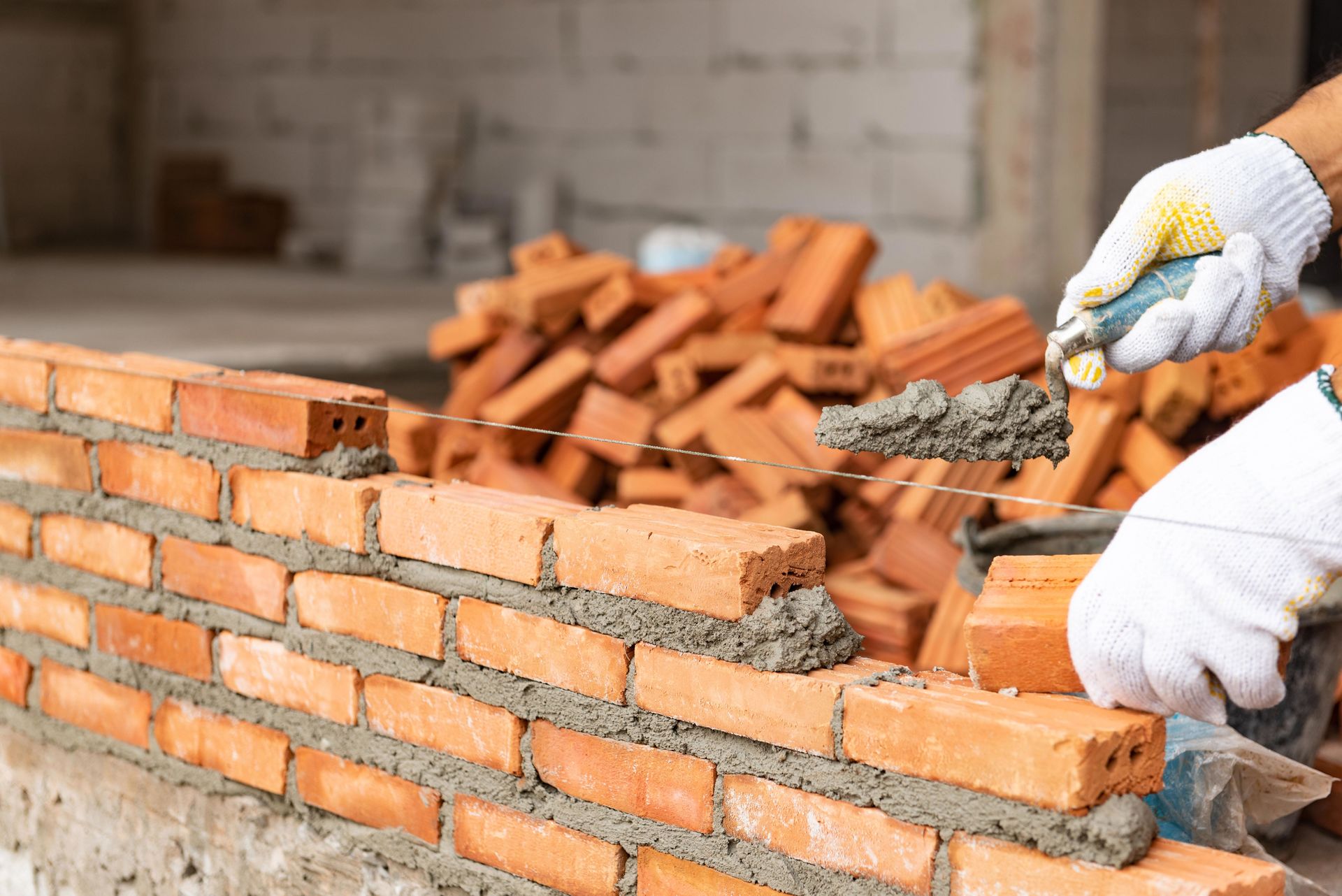

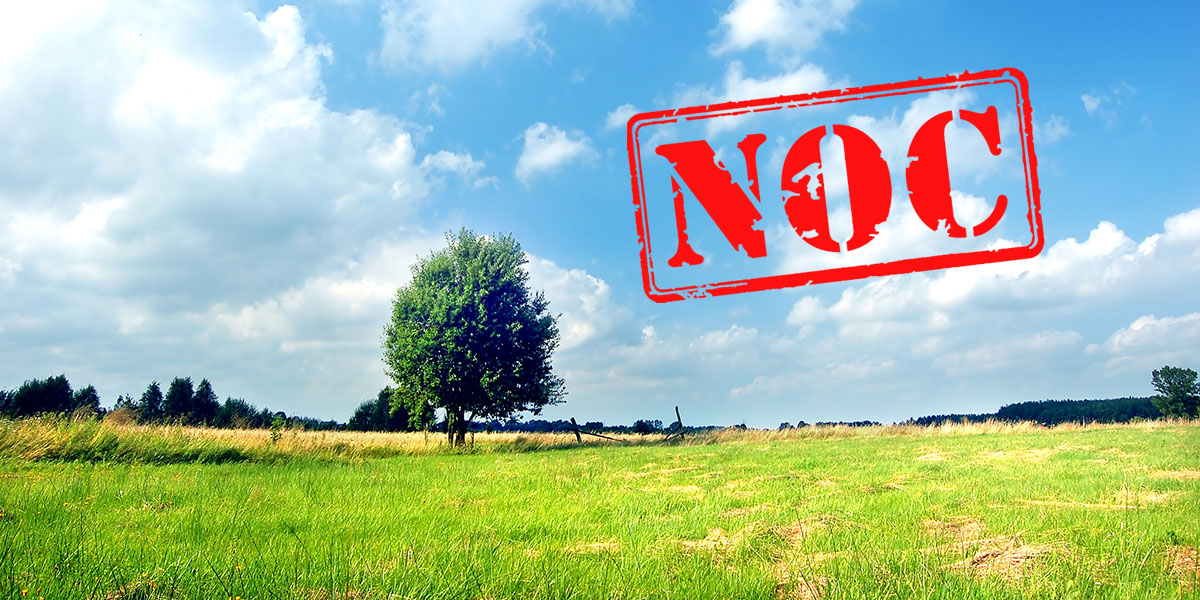
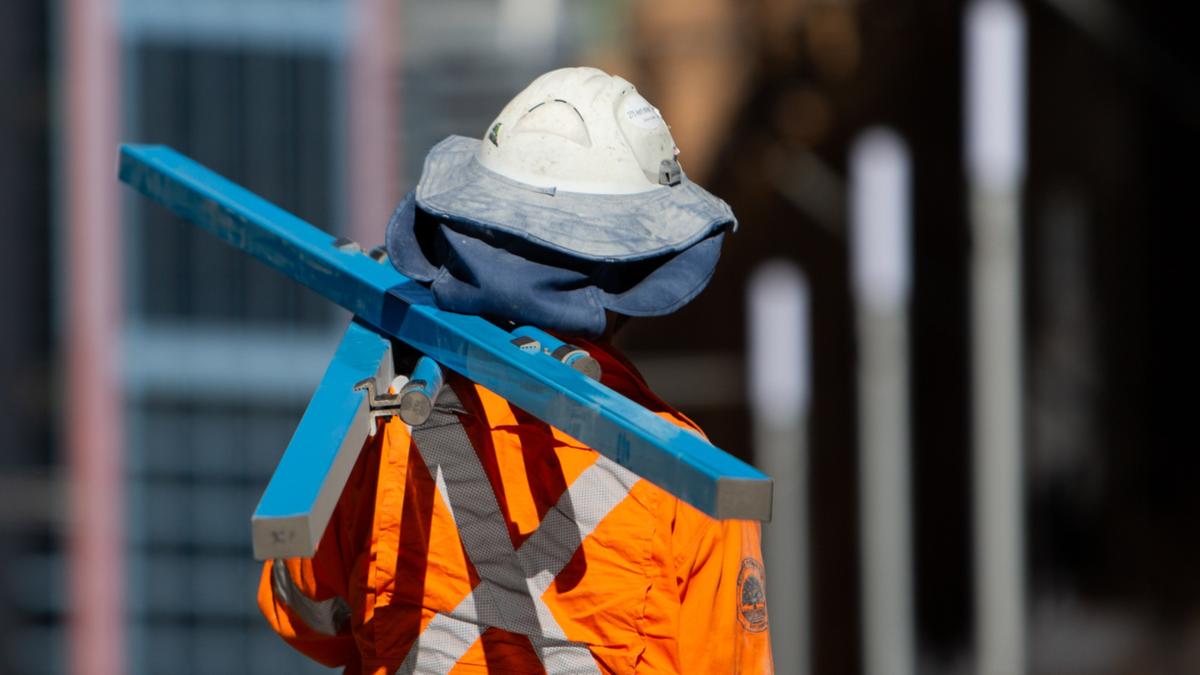
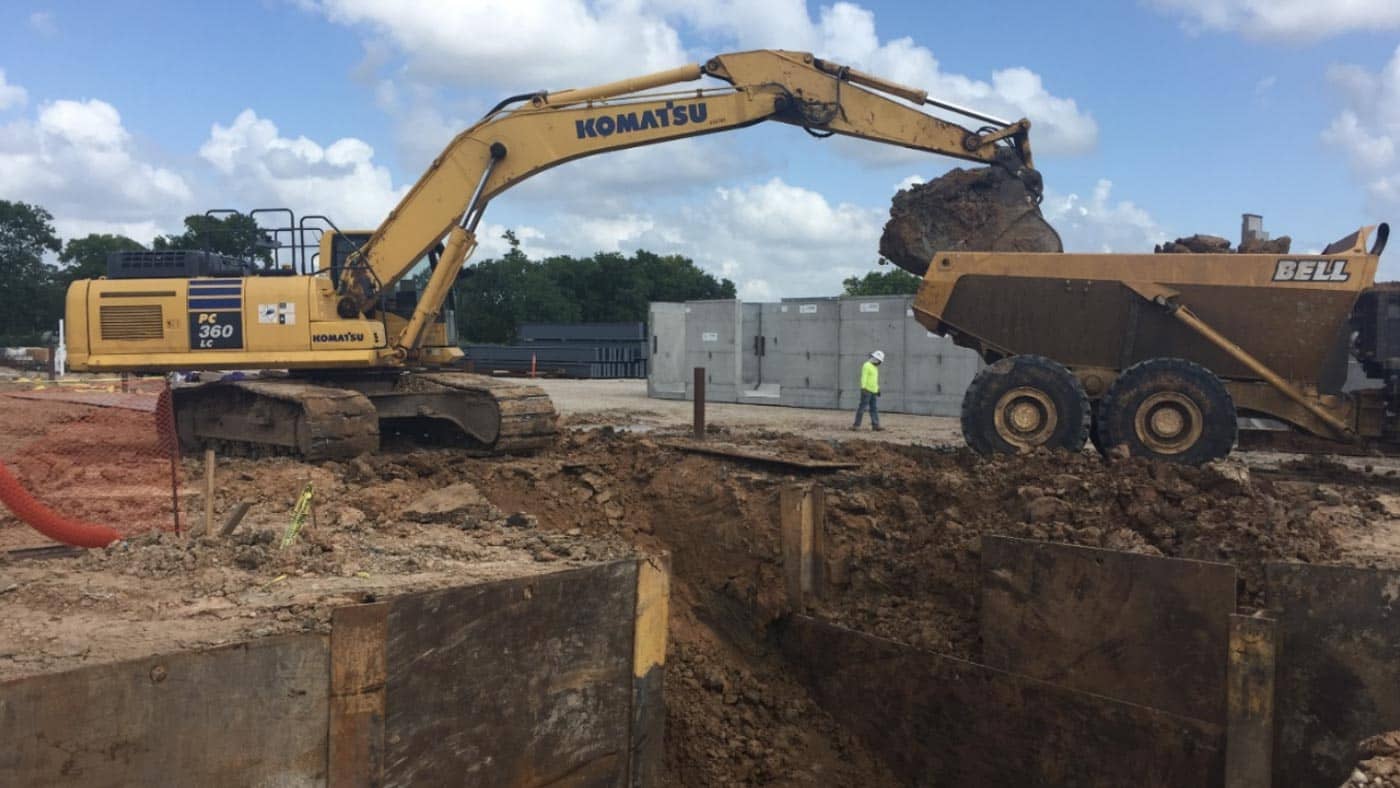
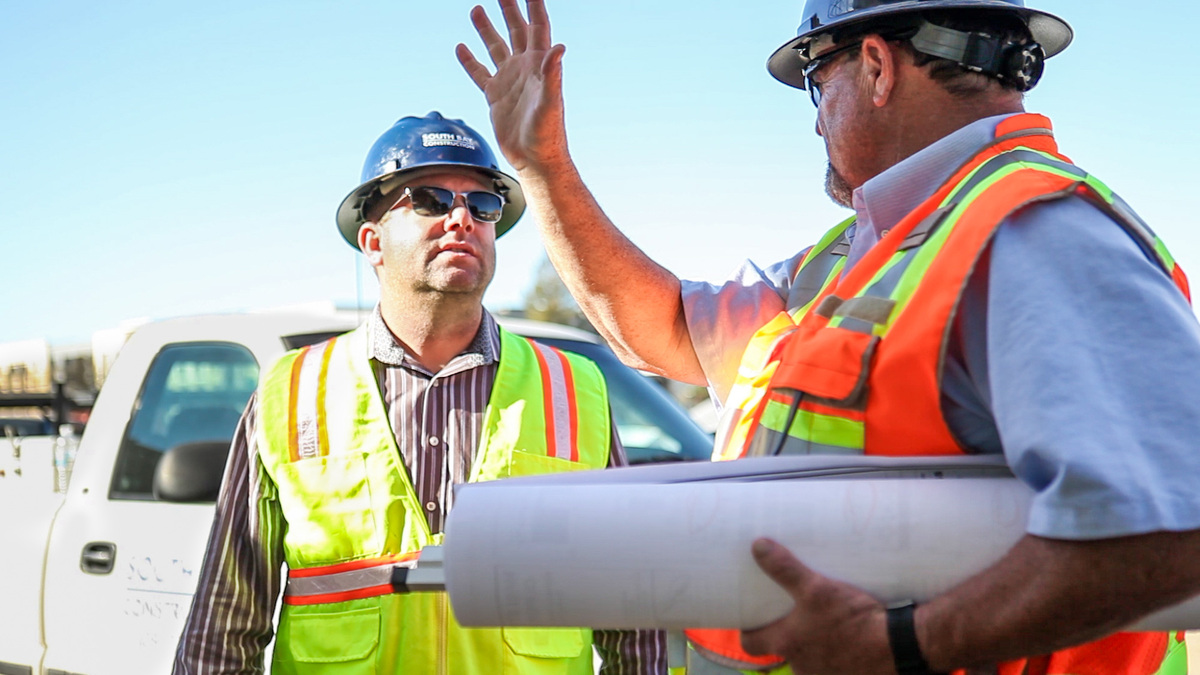
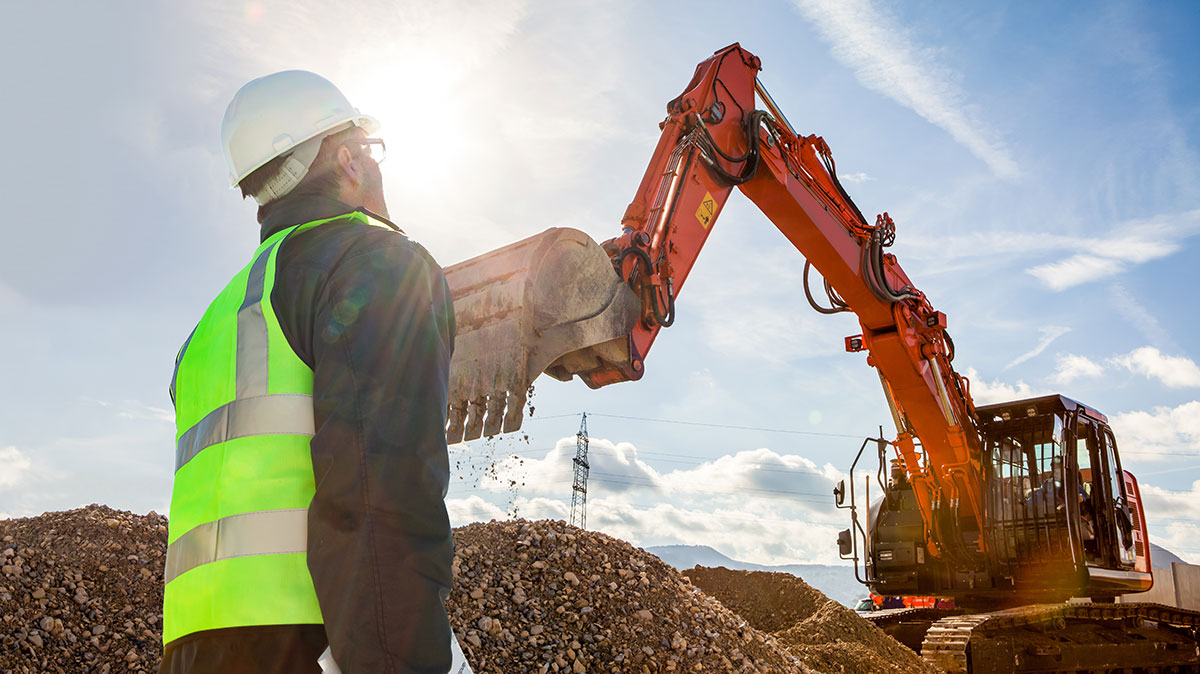
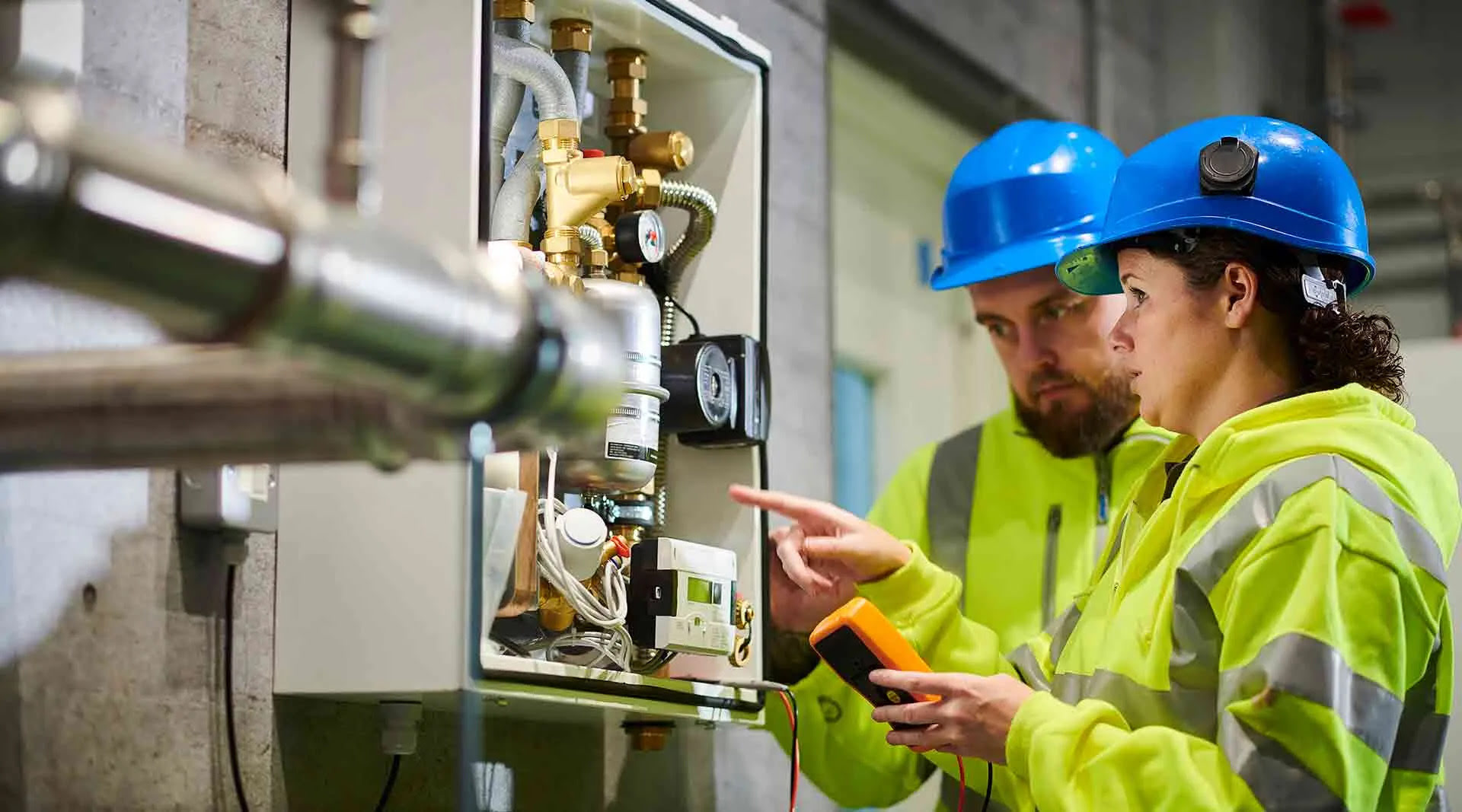
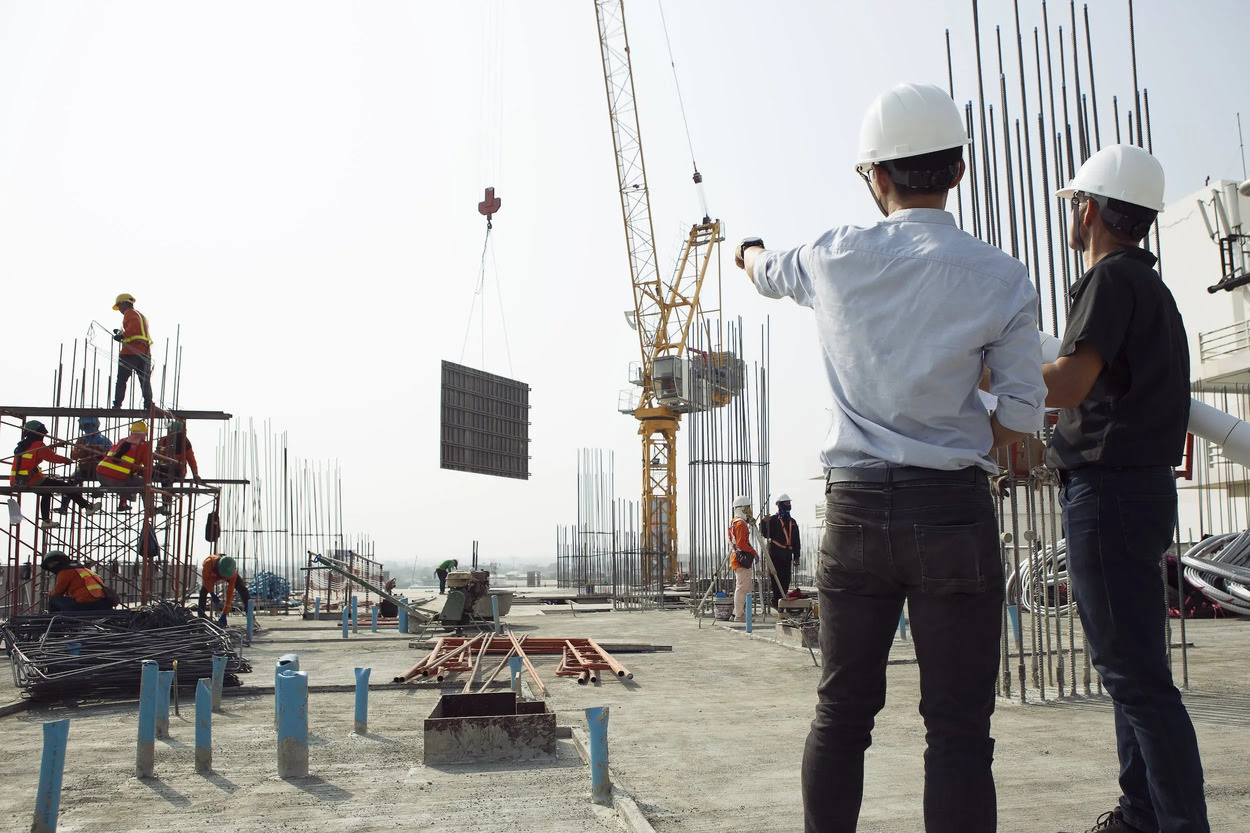
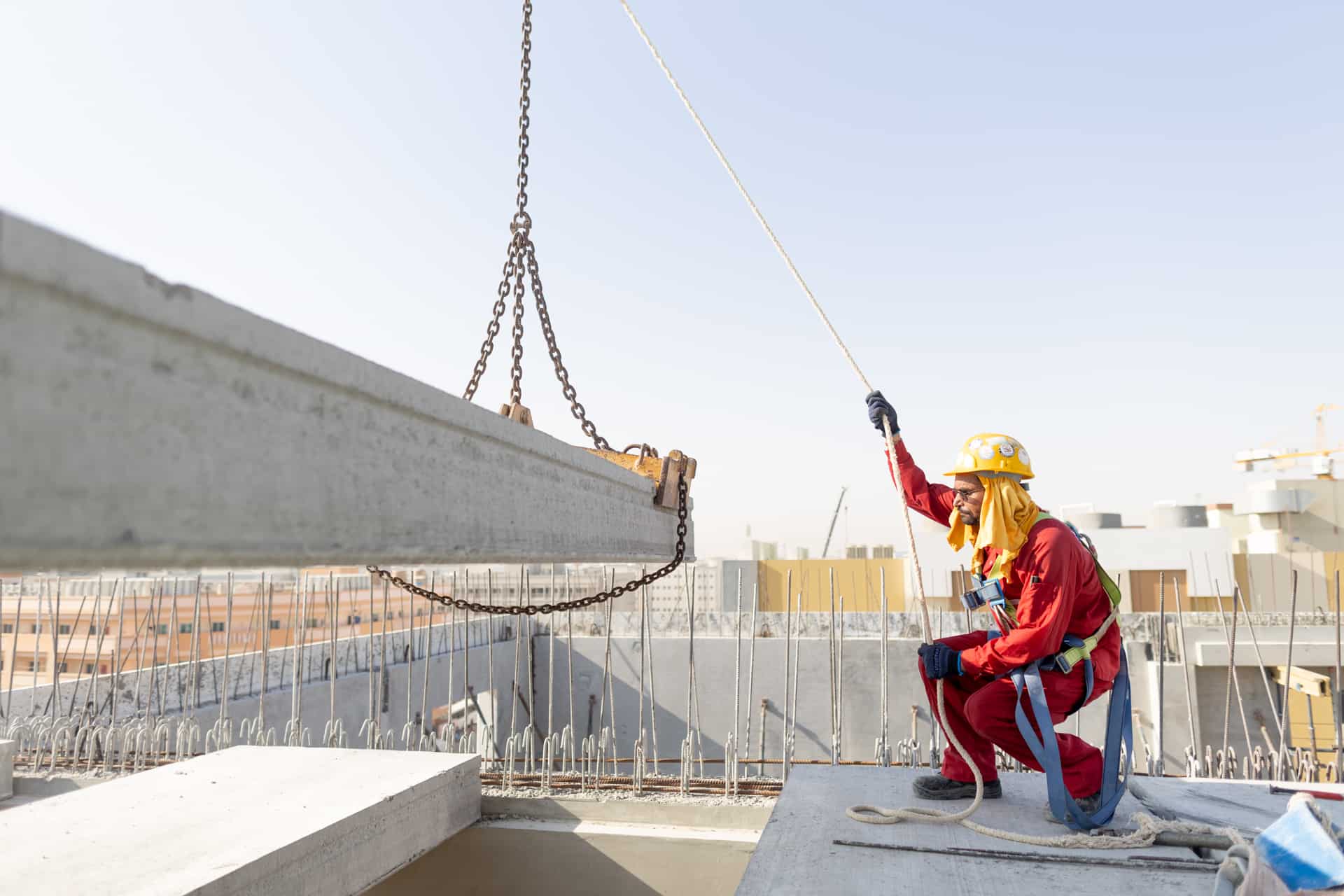
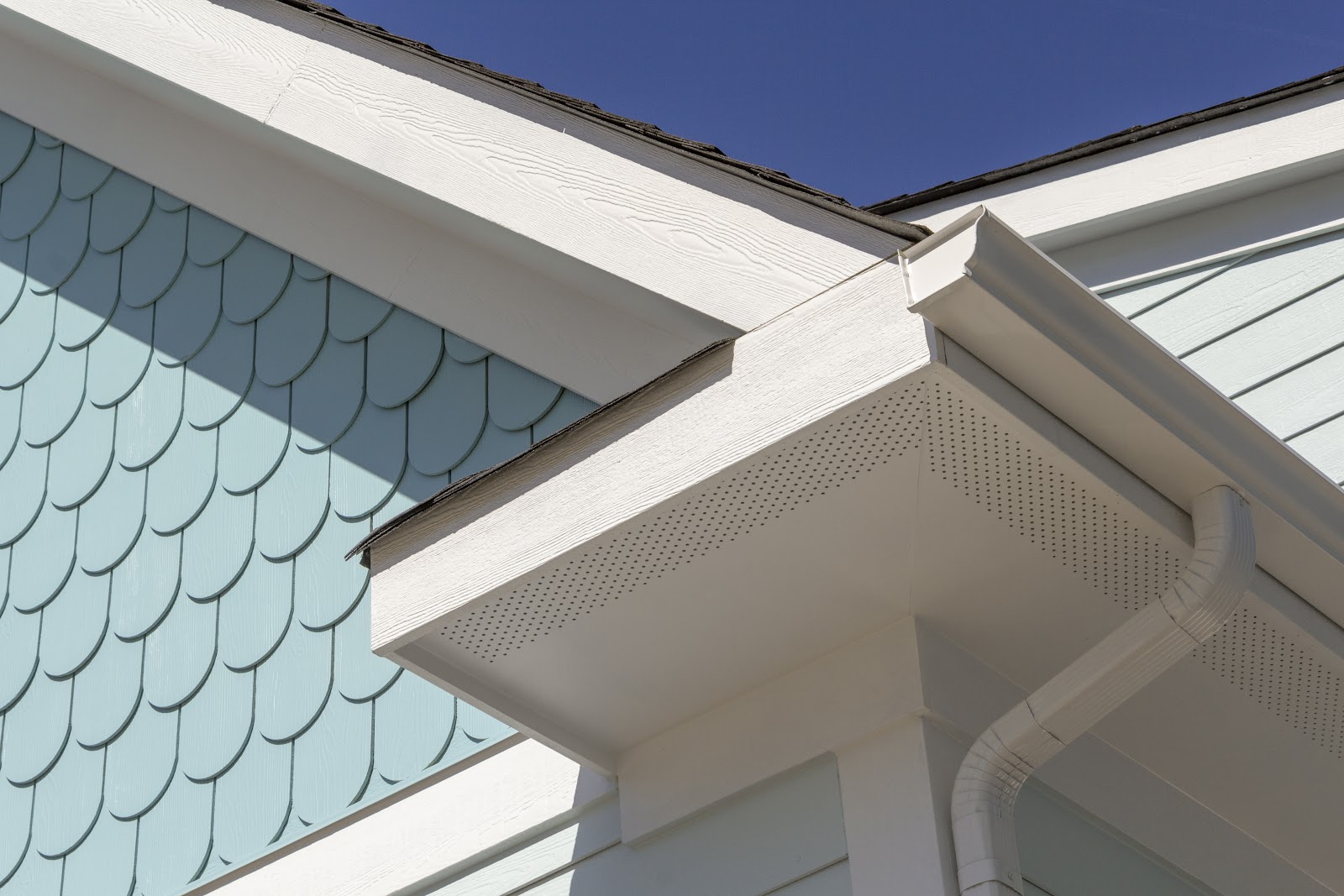
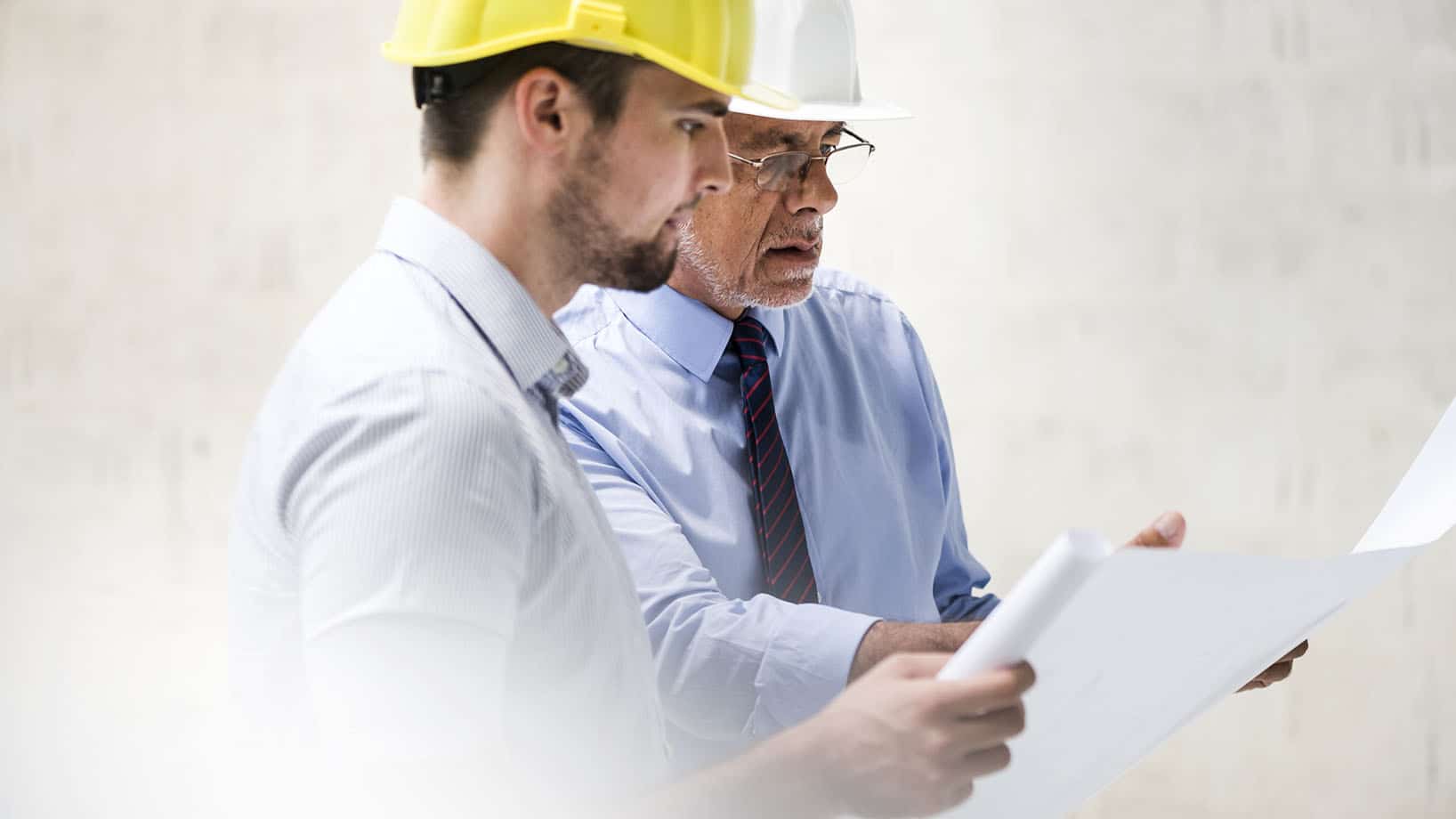
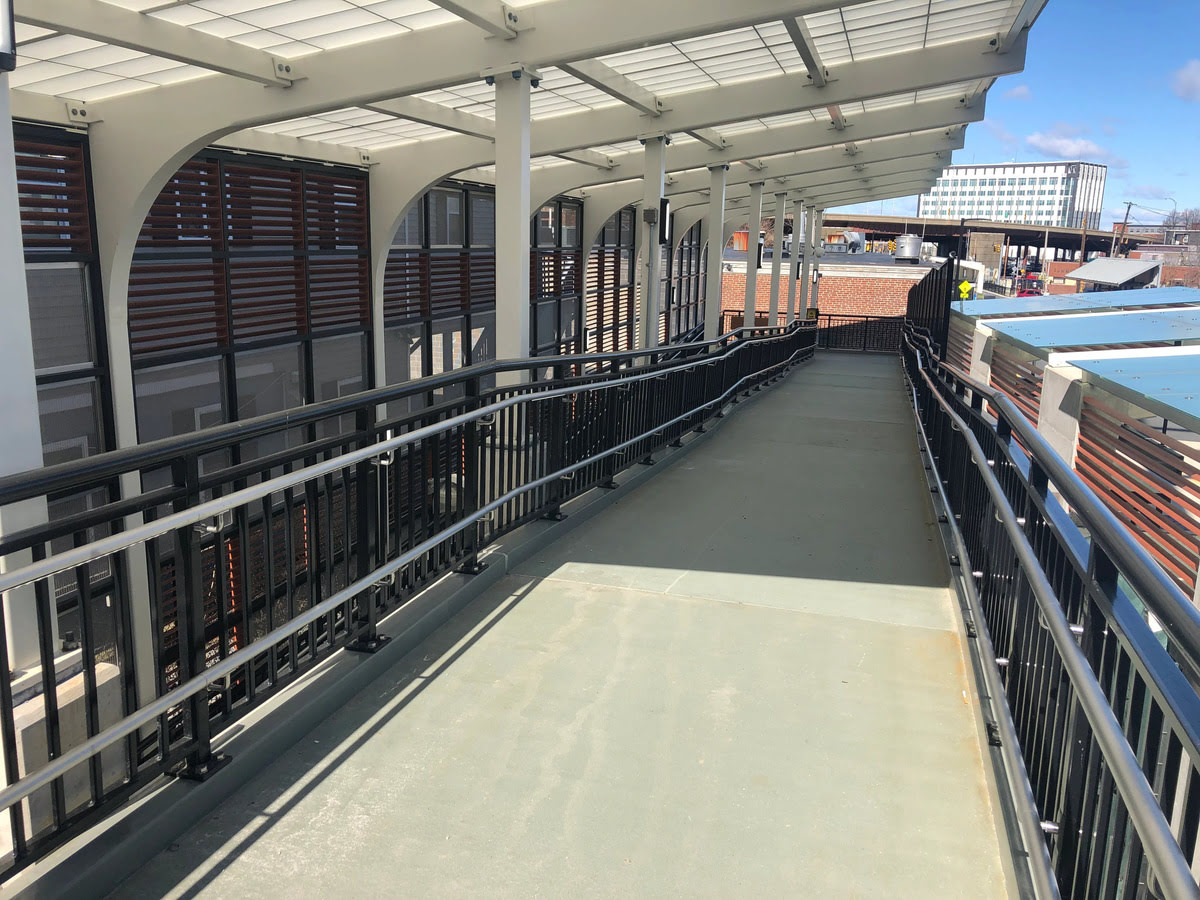

0 thoughts on “What Does “Rough” Mean In Construction”